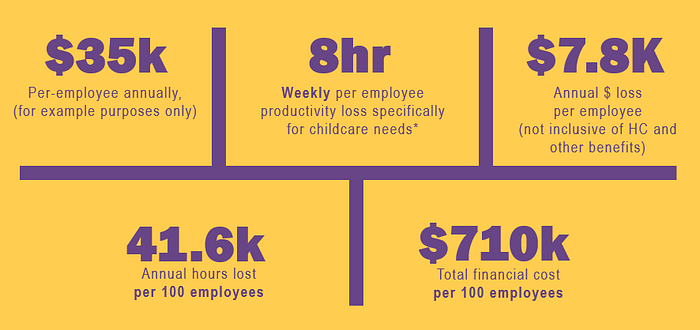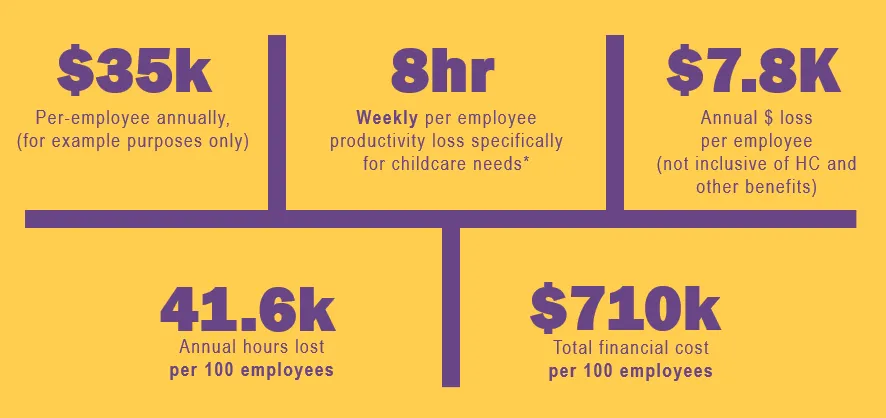In the decade leading up to 1985, Employee Assistance Programs grew as companies worked to retain employees by providing the help they needed — legal, mental, emotional. EAPs began after World War II as a response to a rise in alcoholism among soldiers. Major events and shifts in society have always given birth to corporate solutions to challenges faced by workers.
Retaining excellent employees requires meeting them where they are and offering benefits that help them stay and contribute. Today, in empty offices across the country, the urging from HR leaders encouraging employees to seek a healthy work-life balance has become more urgent. Workers, especially parent-employees, face a whole new slate of stressors that have thrown work-life balance into disarray.
For many, children are learning remotely either part- or full-time with limited traditional extracurricular activities — sports, music, tutoring — and access to (or desire to engage in) traditional childcare. Few options are available to keep children engaged and enriched. Coupled together, these new realities, likely to remain post-vaccine, have created the perfect storm of caregiver stress, lost worker productivity, child anxiety, and a slew of other impacts.
The delicate (and unsustainable) balance
In a typical pre-pandemic workday, the average parent spent eight or more hours working. During that time, kids were traditionally at school, daycare, at after-school activities, or with a babysitter or nanny.
Now, kids aren’t attending daycare for a number of reasons. While recent research from ChildCare Aware America indicates a rise in care attendance, still, upwards of 45% of centers have closed permanently making availability an added concern. All of these factors and more confirm working parents, specifically mothers, lose up to three working hours per day. The result is an unsustainable lack of work-life balance for families and exorbitant costs for companies.
The results are starkly illustrated in a study by Lyra and the National Alliance of Healthcare Purchaser Coalitions:
83% of employees were experiencing emotions tied to poor mental health. 40% believed their employer didn’t care, beyond how their mental health might affect productivity.’
The challenge now is how to go beyond current wellness benefits and directly address the root cause. Accessible and flexible childcare options are needed to augment traditional offerings and provide options to families whose needs are incredibly individualized.
So, let’s do some quick “back of the napkin” math.
Let’s say your company has 100 parent-employees. Each losing two working hours per day due to attempting to balance work and childcare needs. This means the company realizes ~40k hours annually of lost productivity.
Now say each employee earns a ~$35k per year salary, that loss of productivity costs your company just over $700k per year across 100 parent-employees.

This is unsustainable for an employer or employee. HR executives have an opportunity to “step up” by offering additional solutions to this challenge which can ensuring the financial health of the organization and wellbeing of its employees.
Parents need options. A one-stop digital shop to find, manage and schedule enriching activities for kids is one such solution. Giving parents the power to quickly and easily augment childcare need. Virtual activities provided by best-in-class, established brands with exceptional content gives parents a frictionless way to support academic curricula, ensure children are engaged in enriching activities, and take control of the working hours.
Without childcare, both traditional and new options supporting evolving needs, parents simply cannot fully return to work. We are at an incredible crossroad of change. At EnrichedHQ and through the EnrichedHQ Marketplace, we aim to support HR Leaders and families navigate this change.




